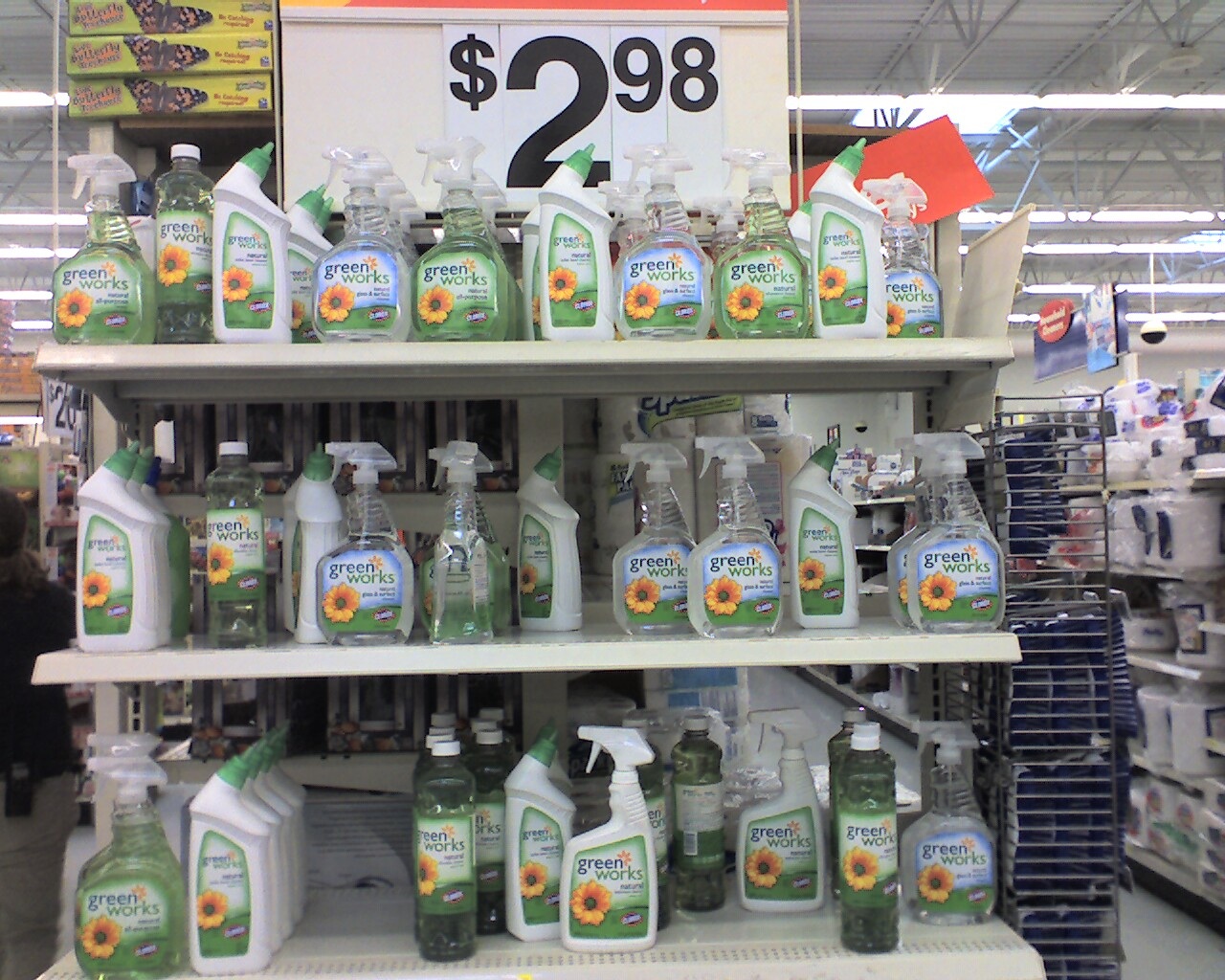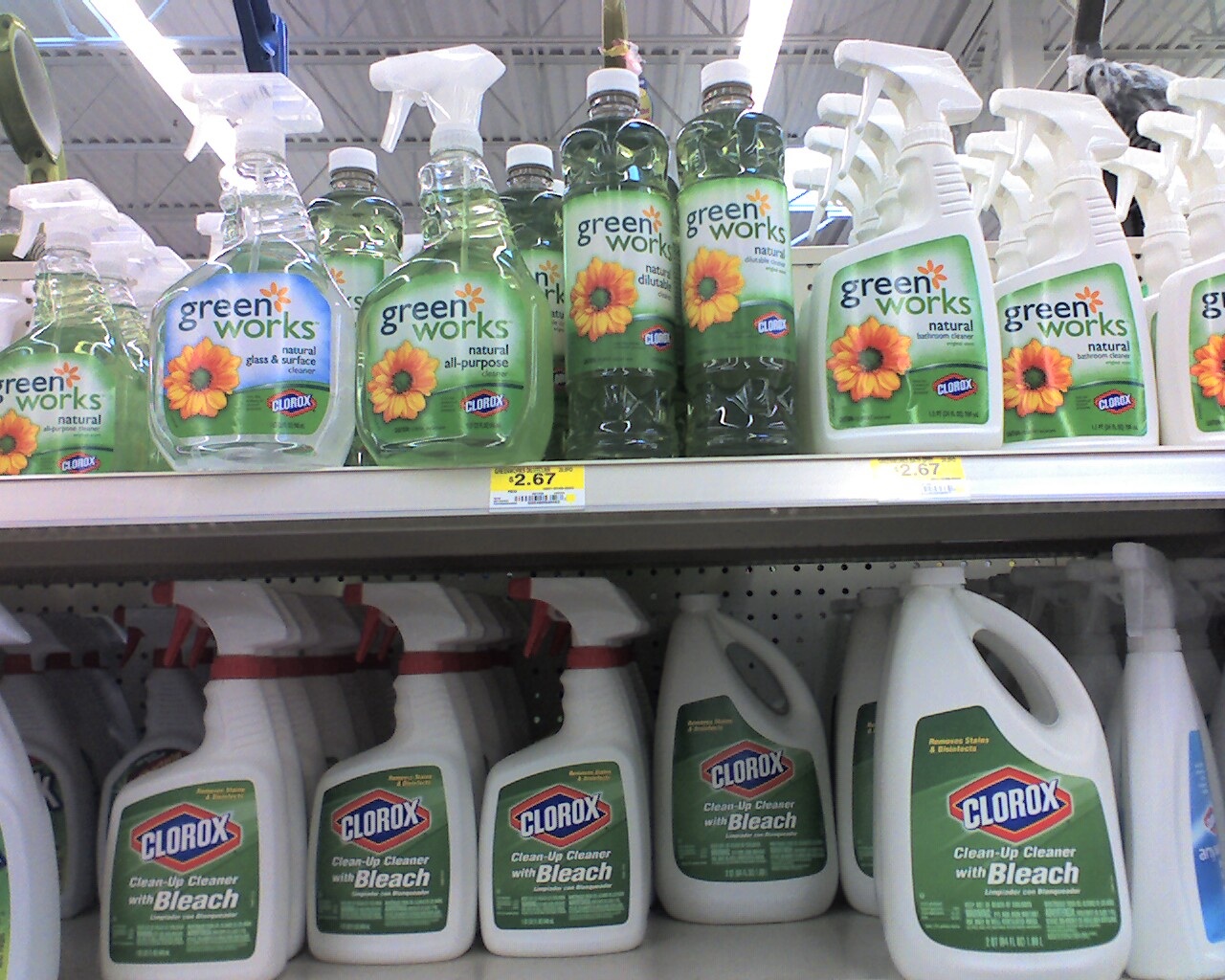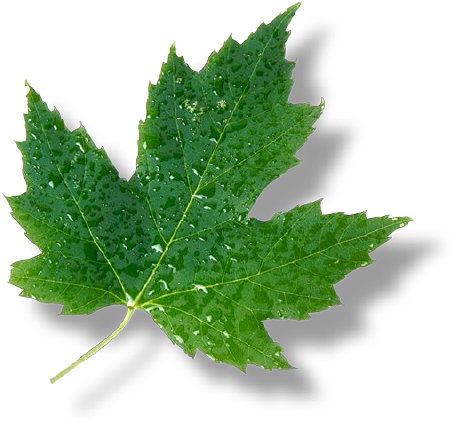Green and Organic Savings Friday: Organic Milk, Bread & Tea
Rising food prices are all over the news these days. I was actually afraid to set foot in the store this week, nervous about just how high prices were going. Yes, I keep thinking about how blessed I am to even have the choice of organic food vs. conventional, but it still doesn’t help when you hit the check-out line.
So let’s go back to basics, and focus on some savings opportunities with organic milk, organic bread, and organic tea.
While I’ve always loved the taste of Honest Tea iced tea, I must confess I was not buying organic tea leaves for hot tea. Until the OrganicMania interview with Seth Goldman, CEO of Honest Tea, I considered organic tea “nice to do” but not a necessary organic expenditure. But when I asked Seth how he became so interested in organics, he explained that it was his interest in tea that led him to discover organics. It turns out that tea is one of the most pesticide-laden products out there, and in some countries, really nasty pesticides like atrazine are used on tea plantations. Did it ever occur to you that tea leaves are not rinsed off until they hit the hot water of your tea kettle? (You can read the OrganicMania interview with Honest Tea’s Seth Goldman here).
With some great savings opportunities this week, now’s a good time to make the switch to organic tea. Allegro organic tea is on sale at Whole Foods, 2 packs for $7.00, a significant savings off the regular price of $4.99 a pack. And the Mambo Sprouts coupon book, available at the customer service desk or the check-out registers, includes a coupon for 55 cents off Good Earth organic tea. With the coupon, Good Earth tea is $3.44 at Whole Foods. Good Earth looks like a really sustainable green company – in addition to being organic, the tea bags are unbleached, and the packaging is 100% recyclable with soy based inks. Plus the tea bags are not wrapped in plastic overwrap, as so many tea bags are.
Now that you can relax with a good cuppa tea, what about the kids’ lunch bags? Lots of school kids pack organic milk in their lunch bags. My son drinks regular white milk – not chocolate, not vanilla, not strawberry – but I could never find the money-saving bulk containers of Horizon white milk. Finally, at the Tenleytown, DC, Whole Foods, I found a carton of 18 Horizon organic milk boxes for $13.79 – or 76 cents per package. This is quite a savings over the 3-pack packages which sell for close to $4. More savings on organic milk? Check out this link where you can register for Stonyfield Farm coupons, including fifty cents off a half gallon of organic milk.
As for bread, who can resist home baked bread? I was indulging that weakness with the delicious breads at the Spring Mill Bread Company located in my local MOM’s. Yet with the price of a loaf of fresh baked organic oatmeal bread hitting nearly $5 a loaf, and many loaves well past the $5 mark, I decided it was time to call it quits on this little luxury. Instead, I picked up some basics – organic whole wheat flour, yeast, salt, and white organic flour. For about $1 a loaf, we now have freshly baked organic bread that is even better than the bakery’s bread. And it’s not at all hard to bake. More on that in another post!
Happy shopping! Do you have any great organic or green savings to share? Please leave a comment!
Carnival/Mr. Linky Update – Still working those darn MIS issues to get Mr. Linky working properly. Hopefully we’ll have everything ready to go next Friday to start our own mini-carnival on Green and Organic Savings!
In the meantime, OrganicMania is participating in the Festival of Frugality for the first time.
Copyright 2008 OrganicMania
Filed under Coupons, Food, Organic Prices, Organic Product Needs, Organics, Organics vs. Conventional Foods, Product Recommendations, Savings Tips, Sustainable Packaging, Where to Buy Organics, Whole Foods | Wordpress Comments (6) |More on Clorox: Take Back the Filter!
As a relative newcomer to the world of online green organizing, I’m a bit atypical. After having spent 20 years in corporate marketing for high tech firms, I understand Big Business, and no, I don’t think all corporations are evil as some environmentalists believe. In fact, there’s not much I see in stark black versus white contrast – I see the shades of gray.
So when I hear about “campaigns” against various companies, I tend to cringe. I know that these “grassroots campaigns” are often well coordinated PR campaigns led by sophisticated organizations (sometimes competitors) with very definite agendas.
But the campaign to convince Clorox to recycle Brita water filters in North America is different. It’s led by a reasonable woman, someone who is a true activist and yet has a regular job with a real company — Beth Terry of the blog Fake Plastic Fish.
The first thing I asked myself when I heard about the campaign was, “Well, has she asked Clorox about their position?”
And of course she had. In fact, Beth had sent Clorox letters prior to starting the campaign, and she later posted the response letters from Clorox on her campaign website here. And since then, Beth has talked with Clorox representatives about their position that the refill cartridges are not recyclable – despite the fact that Brita filters are recycled in Europe!
Clorox is spending a lot of money going after green consumers through its acquisition of Burt’s Bees, its launch of Green Works cleaners, and its campaign to reduce plastic water bottle usage in favor of using Brita filtered water. As the saying goes, if you’re going to talk the talk, you have to walk the walk. If Clorox truly is “going green,” it needs to re-examine its current business practices.
From the campaign website:
In August of 2007, Clorox and Nalgene teamed up for their FilterForGood campaign, encouraging people to buy a reusable Nalgene bottle and fill it with Brita filtered water in order to reduce plastic bottle waste. According to Clorox’s letter, “One pour-through filter can effectively replace 300 standard bottles of water (16.9oz)” and “…in 2006 Americans used about 50 billion plastic water bottles.”
So, if all 50 billion water bottles were replaced by Brita filter systems, that would mean 167 million plastic filter cartridges sent to the landfill! We’re all for giving up bottled water. But we think there’s a better way than substituting one kind of plastic waste for another.
What can you do? Join us in asking Clorox to develop a recycling program for Brita filters in the US and Canada. Check out Take Back the Filter to learn more about how you can help by signing the online petition, writing a letter to Clorox, sending in your used Brita filters, blogging about the issue, or donating to offset campaign expenses. And here’s some more ideas for how you can help spread the word.
More info available here at the campaign Facebook page too.
FYI re Food Chat Today – Coping with Rising Prices
OrganicMania spoke yesterday with Jane Black, food reporter for The Washington Post, about how to cope with rising food prices. Jane will be online today at noon Eastern to take reader questions about this issue. Go here to participate. You can submit questions and comments before or during the chat. I’ll be offsite (darn it!) for the discussion, but I’ll check the archives! Continue reading »
Filed under Organic Prices | Wordpress Comment (0) |Still No In-Store Refill Containers for Clorox Green Works
Back in January, OrganicMania posted a rave review about Clorox Green Works™, but questioned the lack of refill containers. How can a “green” eco-friendly product lack refill containers? At the time, a Green Works PR rep told OrganicMania that the company was “exploring this option.”
My local grocery store still isn’t carrying refill containers, so this weekend OrganicMania wandered into a Walmart, thinking that if any place would stock refill containers, it would be a superstore like Walmart, which caters to families and people making bulk purchases.
But there were none to be found. It’s now more than three months since the launch of Green Works, and still no refill containers. Do Clorox Green Works, Walmart and the other retailers just expect consumers to keep buying more and more of the small containers? Sure, they’re recyclable, but it’s not as sustainable an approach as offering refill containers.
Refill containers are important because they minimize the use of smaller, nozzled plastic containers, reduce waste, and simply because they’re something green consumers expect from a green product line. They’re a key component of source reduction, which decreases the amount of materials used during the manufacturing and distribution of products.
Funny thing is, you can easily find a 64 ounce refill container for traditional Clorox cleaners, but not for Clorox Green Works.
Can a product be truly green without a sustainable approach to packaging? Me thinks not.
4/30/08 Update: Finally, after more Internet searching, I discovered that refill containers for Green Works are available on line at multiple sources including here, here and here, as well as at warehouse clubs like Sam’s. But this approach isn’t sufficiently green for a green product. If you’re going to market as a green company, you need to be authentically green. That includes packaging considerations. More on this tomorrow, when OrganicMania talks about the Take Back the Filter campaign against Clorox and Brita water filters.
Copyright OrganicMania 2008
Filed under Green Cleaning Products, Greenwashing, Marketing, Product Recommendations, Sustainable Packaging | Wordpress Comments (6) |10 Tips for Saving Money on Organic Food: Scott Nash of MOM’s
Yesterday’s discussion about the food crisis aside, in our own homes, many of us are struggling to keep putting organic foods on the table when prices are rising with no end in sight. The New York Times recently reported that a gallon of organic milk is hitting $7 in some parts of the U.S. Yikes!
So what can you do? OrganicMania reached out for advice to Scott Nash, Founder and CEO of My Organic Market (MOM’s), an innovative organic grocer in Maryland and Virginia. Here are Scott’s top ten tips for saving money at the organic grocery store.
1. Look for a price guarantee where you shop. Some organic grocers (like MOM’s) will guarantee the lowest price.
2. Buy in bulk. There are organic grocers (like MOM’s) who will offer 10% case discounts on products like 3 lb. wheels of cheese, nuts, grains, granolas, beans, etc.
3. Substitute less expensive veggies in place of expensive ones. Think broccoli, cauliflower, green peppers, and yellow onions instead of asparagus, red peppers, and sweet onions.
4. Buy what’s in season. Organic strawberries, for example, were $6 per lb. a few weeks ago, but now they’re already down to $4 and will keep dropping.
5. For out of season produce, shop the freezer section.
6. Drink water out of the tap – it’s cheaper and better for the environment. (Editor’s Note: Studies have shown that much of the bottled water out there is not any better than what comes out of your tap, and in some cases, its of inferior quality!)
7. Choose more grains and pasta.
8. Plant a garden.
9. Try to cook fresh meals at home instead of buying prepared foods or previously frozen dishes.
10. Cook your meals on 1 or 2 days per week when you have the time and then eat them throughout the week.
Do you have other organic savings tips? Please leave a comment and share!
And stay tuned, because starting next Friday, OrganicMania kicks off a carnival of green and organic savings. We’ll be using “Mr. Linky” to gather all of your tips. Please think about planning a post for next week. You can copy it into Mr. Linky and leave a link back on your site. I’ll have more details as we get closer to launch.
Let’s all help each other out by sharing ideas!
Happy Shopping!
Lynn
Copyright OrganicMania 2008
Filed under Food, Organic Prices, Organics, Savings Tips, Where to Buy Organics | Wordpress Comments (8) |Organic vs. Conventional Foods? Count Your Blessings
I consider myself a lucky blogger. There’s so much to say about organics, going green, raising kids, and trying to make sense of healthy green living. And here at OrganicMania, we’ve had some great discussions about organics versus conventional foods, like this one and this one.
As I look through some of the nearly 300 comments (!) you’ve left on OrganicMania, I’m struck by how many of us, particularly the Mothers, are struggling to make sense of our options in order to provide what’s best for our children. This morning I was struggling a bit, too, trying to choose from a myriad of possibilities for today’s post.
But my mind kept wandering back to this story in yesterday’s Washington Post about the terrible impact of rising food prices on the world’s poor. Did you know that the UN’s World Food Program being forced to cut back on feeding programs that serve 20 million children?
Diane MacEachern, Mary Hunt, and other prominent writers and bloggers are proponents of shifting some of women’s purchasing power to green purchases. I’ve been really focused on that movement and believe it can make a huge difference.
Maybe the current crisis is an opportunity to expand our focus beyond raising green kids. It’s time to look at all the world’s children as part of the human family. When we’re so focused on organics versus conventional foods, are we at risk of thinking only of our own nuclear families? Are we losing sight of the fact that more children than ever before are starving? Did you know that one child dies every five seconds from hunger-related causes? In 2008. It’s incredible, isn’t it?
So are you struggling to make sense of organics vs. conventional foods? Count your blessings. Maybe it’s time to think about what share of money to keep for the family food budget versus donating to the starving millions.
Here’s a link to donate to the UN Food Program.
Don’t like the UN? What’s your favorite hunger charity? Leave a comment and share!
— Lynn
Copyright 2008 OrganicMania
Filed under Baby, Green Charities, Organic Prices, Organics vs. Conventional Foods, Parenting, Tips | Wordpress Comments (12) |A Travesty on Earth Day
It happened on Earth Day, in Bethesda, Maryland. In a city which has an innovative program underway to reduce the city’s carbon footprint. In a county that on that very day passed a green building law as well as laws requiring Montgomery County workers to use biofuels and to justify the use of SUVs. In a country whose President posed for a photo opp planting trees to commemorate Earth Day.
Eight healthy, beautiful, four story tall trees adjacent to a city sidewalk felled to make way for yet another condominium building. This happened on Earth Day. Really.
–Lynn
Copyright OrganicMania 2008
Filed under Green Ideas & Stuff | Wordpress Comments (5) |Serendipity: Earth Day During TV Turn-off Week
No doubt the blogosphere will be abuzz today with recommendations about how to spend your Earth Day. Clearly, if you can pick up some litter or skip a car trip, you can make a difference. But what else? How can you celebrate a meaningful Earth Day with a child?
Maybe it’s not just serendipity that causes Earth Day to fall during TV Turn-off Week. Maybe it’s Divine Inspiration.
As Treehugger pointed out, “The sad truth is that the average American kindergartener can identify several hundred logos and only a few leaves from plants and trees.”
Why not use this week, when the TV is off, to teach your kid how to recognize different trees? It’s okay if you don’t know yourself…just grab a book or an Internet print-out like this one.
The best way to develop an appreciation for the Earth and its fragile bounty is to spend time with her most magnificent creation, Nature. If a child learns to love plants, trees, and animals, he’ll naturally want to learn how to take steps to protect Nature.
So this Earth Day – TV-Turn-Off Week, get outside and appreciate what we’ve been given. Then think about what you can do to help preserve it for future generations.
Help a child learn to recognize a Maple leaf as quickly as he may recognize a McDonalds logo.
Happy Earth Day.
— Lynn
Copyright OrganicMania 2008
Filed under Easy Green Weekend Projects, Green Ideas & Stuff, Holidays, Parenting | Wordpress Comments (2) |Ten Tips for Throwing a Green Party
Hope you all had a great Earth Day weekend. I found myself at a book party for Big Green Purse author Diane MacEachern, whom I interviewed here.
Talk about pressure to be green! But it turns out I wasn’t the only one wondering how to dress. That question actually came up at the party. And according to Diane, recycled fibers are best, followed by hand-me-down or “vintage” clothing, and then organic fibers like hemp or cotton. Cotton actually takes a lot of water to grow, organic or not!
Many of the women in attendance had on very chic recycled jewelry made of buttons strung through string and other natural fibers. Apparently a lot of eco-boutiques are carrying these necklaces or – you guessed it – it’s pretty easy to make yourself.
One thing really struck me about the party. Despite the savvy of this crowd of Prius-drivers, even they complained that it’s still hard to find “green” party supplies. People were trading tips about where to find corn-based disposable, biodegradable plates and cutlery.
Here are a few tips I picked up from the Master Green Party Givers, mixed in with a couple of my own suggestions:
1. Skip the paper invitations and use an email invitation program like evite.
2. Decorate with natural materials like plants.
3. Finger food means finger food. Why use forks at all? You can serve foods like asparagus, stuffed mushrooms, cut vegetables, baked brie, cheese, mini-sandwiches, and small pastries or cookies.
4. Go organic! Of course! This includes the alcohol. You can find great organic beers on sale like this one and of course even better is biodynamic wine.
5. Re-usable cups are important. No one likes plastic (least of all your green friends). But even the biodegradable ones are still kind of plastic-y, so why not use real glass or durable re-usable plastic (if you already have them at home)?
6. Cloth napkins are always elegant, but they take on new meaning at a green party. They don’t need to be fancy. You can even use handkerchiefs or odds and ends from a variety of sets.
7. Biodegradable plates are good for the environment, and they feel sturdy, too. They’re actually much nicer to hold than regular paper plates.
8. If you must use cutlery, opt for your everyday stainless. You can wash it. It’s better than plastic that gets thrown away.
9. There’s no need for party favors. People don’t need more stuff, least of all the greenies. If you do want to give something away, a nice reusable bag is always appreciated.
10. And as Diane pointed out, you can compost the left-over party food!
–Lynn
Copyright OrganicMania 2008
Filed under Biodynamic food, Easy Green Weekend Projects, Food, Green Ideas & Stuff, Holidays, Organic Clothing, Tips | Wordpress Comments (11) |Easy Green Weekend Project #3 – Earth Day Weekend!
With Earth Day coming up on Tuesday the 22nd, there are Earth Day festivities going on all weekend long. What a perfect, easy green weekend project!
Here’s a look at fun Earth Day weekend events across the US, around the world, and in your own backyard:
The Green Apple Festival will be held in eight U.S. cities – D.C., N.Y.C., Miami, Chicago, Denver, Dallas, L.A., and San Francisco. Check out the details here at screamtobegreen.
For a look at other activities, check out this searchable list at the Earth Day Network. You can search for worldwide activities – it’s a great tool.
The Sierra Club has tons going on, as you would expect. They’ve got a terrific searchable tool, too. See it here.
And check this out: Google has a fun interactive map that allows you to put in a note about what you will be doing on Earth Day.
In your own neighborhood? How about something as simple as cleaning up a trail? Or picking litter up off a city sidewalk?
And if you’re in my neighborhood – Bethesda – check out this fun and educational event planned at Wiggle Room – all about Practical, Eco-Friendly, Non-Toxic Choices for Baby. (But you need to RSVP!)
What are you doing this weekend? Leave a comment and share!
— Lynn
Filed under Easy Green Weekend Projects | Wordpress Comments (3) |



 My StumbleUpon Page
My StumbleUpon Page



